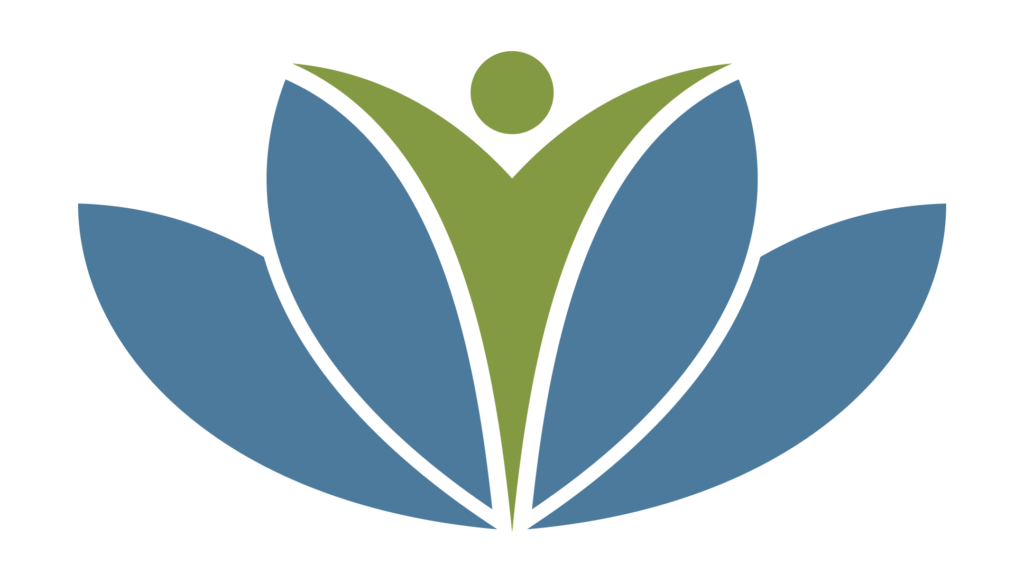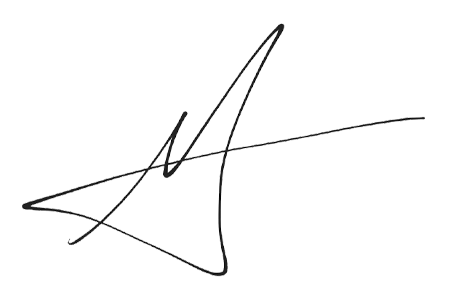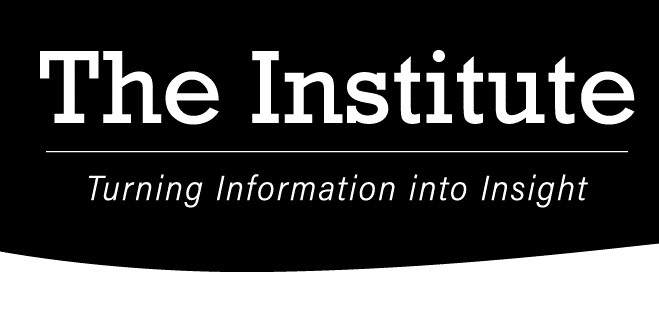Loss and the Power of Community


Loss and the Power of Community
As I write this, it is -4° Fahrenheit. That’s pretty cold, but the baseline of the universe is even colder: -455° Fahrenheit! Our star keeps us so warm when our globe leans toward it in summer that when we lean away in winter, the cold creeps in like Krampus (a scary mythological figure from Western European folklore). The loss of warmth during winter shouldn’t surprise us, but loss of any kind usually does.
Grief often feels quite empty and cold. That human beings have created rituals that gather us together during winter is testimony to our wisdom.
You can, of course, move on with your day, but if you would like to read a little about what loss and community rituals have to do with Sanctuary, read on.
The “L” of the SELF piece in the Sanctuary Model is for Loss. According to the Sanctuary Standards for Certification, it is important for members of an organization to acknowledge and grieve instances of loss and trauma, but also to intentionally allow “the past to constructively inform decisions about present and future issues.”
One way to think about this is that all change involves loss. Forms of change and loss in health care can be tragic, but they can also be milestones of progress, such as when a pediatric patient becomes an adult and ages from one provider to another, when a baby is born and the mother moves from OBGYN to family medicine, when a colleague gets a promotion or changes departments, or when a grant ends or begins forcing a redirect of attention and energy.
Generally, U.S. culture doesn’t do well with loss, particularly traumatic loss. We whisper about therapy the way people used to whisper about cancer. Emotions make us uncomfortable. We whisk our dead away quickly and are even quicker to say “everything is going to be okay” when, in many cases, it won’t. Subcultures of immigrants have brought rituals of community to help fellow humans through traumatic loss, such as sitting shiva and Irish wakes. But as immigrants assimilate such rituals themselves often are lost to an ever-churning progress machine. We don’t take time off, don’t have much patience for sadness, and show our irritation with terms like “stuck in the past.”
The thing about traumatic loss is that if we don’t address it head-on, it gets stuck in us.
Physicians like Bessel van der Kolk and Gabor Mate have spoken out for decades about the effect trauma has on the body. Diffuse pain, digestive issues, and even heart conditions can be symptoms of unresolved trauma. It is more acceptable to stuff our pain with food or drink it away with alcohol than it is to take a yoga break during the workday or seek help from a therapist.
Life can be very cold, and isolation makes it worse. The warmth of community can help with the processing of traumatic loss and grief, but all too often we withhold community from one another and ourselves.
To become a Sanctuary organization is to become a place where we come together intentionally in community and engage in rituals to support the processing of not just traumatic loss, but the daily challenges of being in health care such as missed visits and disappointing outcomes. This processing is active; it is not dwelling. It is recognition of what happened without varnish or gloss and also intentionally learning the lessons so we don’t traumatize ourselves, one another, and our community in the same way again.
This is intense work. This work requires that each person who engages truly, truly steps into the arena of the seen – grief and all. During his Citizenship in a Republic speech in 1910, former President Theodore Roosevelt said:
“It is not the critic who counts: not the man who points out how the strong man stumbles or where the doer of deeds could have done better. The credit belongs to the man who is actually in the arena, whose face is marred by dust and sweat and blood, who strives valiantly, who errs and comes up short again and again, because there is no effort without error or shortcoming, but who knows the great enthusiasms, the great devotions, who spends himself in a worthy cause; who, at the best, knows, in the end, the triumph of high achievement, and who, at the worst, if he fails, at least he fails while daring greatly, so that his place shall never be with those cold and timid souls who knew neither victory nor defeat.”
Here is to the daring. It is scary here, and cold, but less so when we dare together.
Quick Tip
There are a lot of physical release practices online. Here is one you can try at work without anyone really noticing:
- Stand with your feet comfortably shoulder-width apart.
- Gently lean your weight to one side of your body. Balance on the outer edge of the foot on the side you are leaning toward, and on the inner side of the foot on the side you’re leaning away from.
- Take 2-3 slow, deep breaths.
- Repeat leaning toward the other side of your body.
- Repeat on each side 2-3 times.
- Stretch and shake it out.
Also, if you want about 6 minutes of wisdom on movement from Dr. van del Kolk, click here.
Thank you,

Meaghan P. Ruddy, Ph.D.
Senior Vice President
Academic Affairs, Enterprise Assessment and Advancement,
and Chief Research and Development Officer
The Wright Center for Graduate Medical Education









